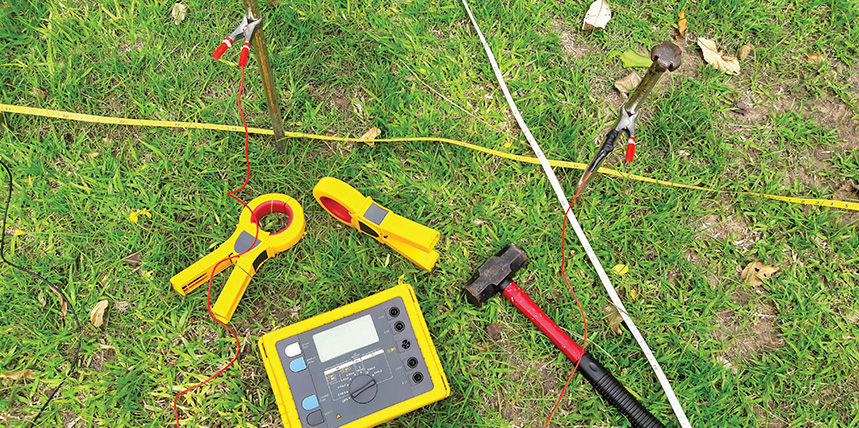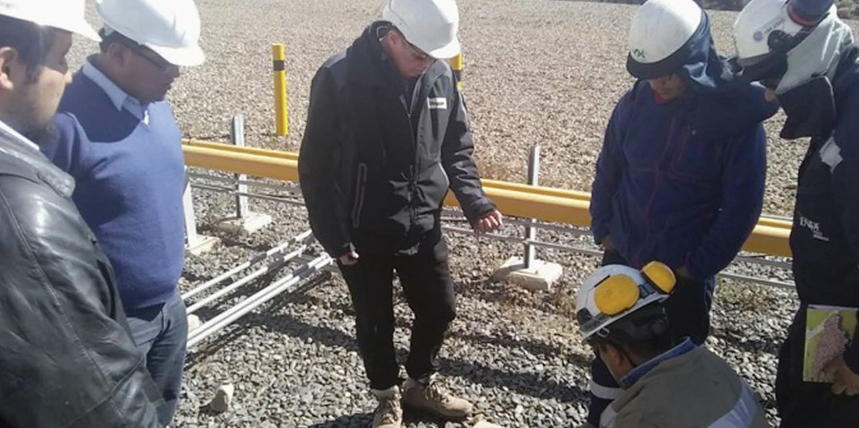As part of the electrification of a facility, it is commonly thought that merely connecting the system to a driven ground rod means that the building is grounded. It’s not that simple. By pure luck, such an approach may indeed work. But the considerable value of the building, the efficiency of operation, the wealth of information and knowledge that is …
Ungrounded Systems
“What’s in a name?” asked Shakespeare. The quote is so widely known because it’s so widely applicable. In the electrical industry, the terms “grounded” and “ungrounded” are commonly applied to electrical systems. They are often taken for granted or misunderstood. How can a grounding electrode be present, and yet the system is termed “ungrounded?” It is beneficial and productive to …
Safety Testing of EV Chargers
Electric vehicles are prominently heralded as the trend of the future, a vital part of many planned economies’ efforts to combat global warming, widespread pollution, and the squandering of resources. But there has also been negative publicity over safety issues like car fires. The key to enjoying the best of both worlds — excellent performance under complete safety — is …
Ground Faults in Photovoltaic Systems
Solar farms, which are exposed to the elements, are especially at risk for failure and require dedicated electrical maintenance. Good grounding is essential, as the panels produce high DC voltages that can be sources of shock and fire, as well as induced voltages and electromagnetic interference on lines. With respect to grounding, there are two types of photovoltaic (PV) systems: …
Grounding and Bonding Meter Sockets
In an actual reported case, a severe storm blew down a large tree that struck a residence. A meter that should have been reporting 240 V reported a phase-phase voltage of 124 V. The falling tree had pulled down the service, which had then been re-attached by a service crew. A routine voltmeter check revealed 118 V between the left hot leg and neutral, …
The Importance of Grounding Renewables
The rapidly developing industry of renewable power generation can be compared to an hourglass. Inexhaustible supplies of free resources — sun and wind — are converted into a corresponding outflow of electrical energy at notable return on investment. But the process includes the neck of the hourglass through which the resources must pass. This is the solar array or wind …
Earth Resistivity Test Methods and Evaluations
Ground testing is often thought of as ground electrode testing: the measurement of the resistance associated with a particular rod or grounding system. A useful corollary to this is soil resistivity testing. Resistivity is the electrical property of soil itself that determines how well it can carry current. It varies enormously (Table 1) depending on physical and chemical composition, moisture, …
Application of Crushed Rock in Substations
Although it can readily be overlooked, an important and fundamental consideration in any electrical application is safety, and one of the most effective tools in the application of safety is redundancy. If one safeguard fails, there’s another right there to act as a safety net. There’s hardly a greater necessity for redundant safety than in a substation, where arcing could …
Ground Testing Procedures
Effective ground testing is an informed combination of instrumentation and procedure. Accuracy, resolution, safety, noise suppression, graphics, clamp features, and general reliability are all critical, as they are with any electrical testing. But effective and accurate ground testing depends as much on adherence to procedure as it does on quality of instrumentation. If the operator does not understand and diligently …
Medium-Voltage Grounding
First, let’s look at some industry-accepted definitions to establish context. Low voltage is anything below 1 kV. The common building-wiring voltages are 120, 240, 480, and 600 V. To the uninitiated, this can seem confusing and even ridiculous. Get across 600 V, and it can fry you like bacon, but in industry parlance, it is still low voltage. Put into …









